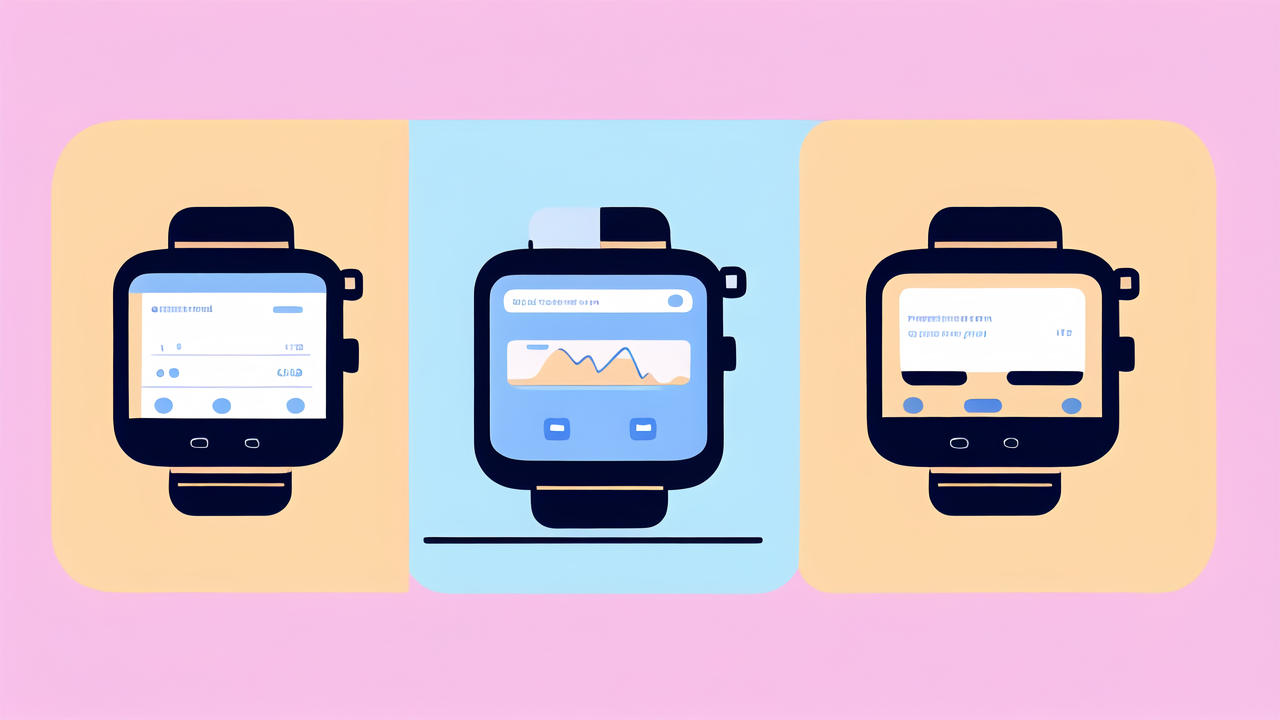The Evolution of Digital Watches in the United States
A Brief History of Digital Watch Technology
Digital watches have evolved over the years. In the 1970s, LED watches came out. They showed time at a push of a button. By the 1980s, LCD models took over. These watches had longer battery life and constant displays. Companies added features like calculators and games. In the 1990s, digital watches lost their appeal. Fashion and classic analog watches became popular. Then, in the 2000s, tech brands launched smartwatches. They were not just timekeepers but smart gadgets. They could track fitness, get notifications, and more. This marked a new era in digital watch technology in the US.

The Rise of Smartwatches and the Decline of Traditional Timepieces
The transition from classic watches to smartwatches marks a turning point in consumer preferences. The trend highlights a shift toward tech integration and multifunctionality in personal accessories. People now demand more from their watches than mere timekeeping. Smartwatches offer various features like communication, health tracking, and connectivity that exceed traditional watch capabilities. As these versatile devices gain popularity, sales of classic timepieces have seen a notable decline. This change reflects the broader societal movement towards digital solutions in everyday life.
Key Factors Driving the Adoption of Smartwatches
The appeal of smartwatches in the U.S. is growing. Key factors influence this trend:
- Convenience: Users enjoy hands-free notifications and voice control.
- Health Tracking: Features like heart rate and sleep monitoring promote wellness.
- Connectivity: Staying connected without a phone appeals to many.
- Fitness: Built-in GPS and activity tracking encourage an active lifestyle.
- Style & Customization: A range of designs and interfaces cater to personal taste.
- Paying with a Tap: The ease of contactless payments adds to their allure.
These elements are shaping the smartwatch market in the U.S. and impacting how we interact with technology daily.
Analyzing the Advanced Features of Modern Smartwatches
Health and Wellness Capabilities in Smartwatches
Smartwatches are more than time-tellers today. They have become health hubs on our wrists. These devices track our heart rates and sleep patterns. They remind us to move and track steps taken. Some even measure blood oxygen levels and detect falls. These features make modern smartwatches vital for our well-being.
Lifestyle Enhancements: From Fitness to Fashion
Modern smartwatches meld technology and lifestyle enhancements seamlessly. Users can monitor fitness goals, track steps, and measure heart rate. Syncing to various apps allows personalized workout routines and health tracking. Beyond fitness, smartwatches have become a fashion statement. Interchangeable straps and customizable faces match any outfit or occasion. These devices also support contactless payments and smart home controls. Thus, they offer both style and convenience on the wrist.
Business and Productivity Features in Smartwatches
Today's smartwatches are more than timekeepers. They are like mini computers on your wrist. You can check emails, set reminders, and view your calendar with ease. Some models even let you make payments or control smart home devices. This helps you stay on top of tasks without needing your phone. They blend tech with daily life, making productivity seamless for busy people.
The Future of Digital Watches in a Tech-Centric World
Innovations on the Horizon for Smartwatch Technology
The future of smartwatches sparks much excitement. Experts predict leaps in tech that will shape our daily lives. Here are likely advances:
- Sustainable Power Solutions: Longer battery life and solar charging could become norms.
- Integrated Flexible Displays: Watches may have screens that bend and wrap around the wrist.
- Enhanced Sensory Tech: Expect more sensors for health monitoring and environmental data.
- Seamless Augmented Reality (AR): Overlaying digital info on our physical world will be smoother.
- Improved Haptic Feedback: This will make interacting with the watch more intuitive.
- Advanced Personalization: AI will tailor features and updates to fit individual needs.
- Holistic Health Tools: These will monitor not just physical but mental wellness too.
- More Robust Third-Party Apps: This will offer wider options beyond the brand ecosystem.
These changes will redefine the smartwatch's role in tech and daily life.
The Role of AI and Machine Learning in Digital Watches
The emergence of AI and machine learning in digital watches is reshaping functionality. These technologies enable watches to learn from user behavior. They improve user experience with personalized insights and alerts. Benefits include more accurate health monitoring and predictive features. AI enhances the interface, making smartwatches easier to use for all age groups. With AI, future watches will offer even more tailored services and features. The tech makes watches not just timekeepers, but smart companions too.
Ensuring User Privacy and Security in Wearable Technology
In a world where technology is ever-evolving, user privacy and security are paramount. Smartwatch makers are focusing on robust security features to protect user data. These features include encryption of sensitive information and secure data transfer protocols. Biometric authentication, such as fingerprint and iris scanning, is also becoming common. Regular software updates are essential to address any emerging threats. Finally, companies are working to comply with privacy laws to ensure user trust. As technology advances, so does the commitment to keeping user data safe on digital watches.




Leave a comment
This site is protected by hCaptcha and the hCaptcha Privacy Policy and Terms of Service apply.